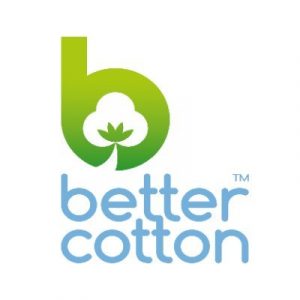 GENEVA— July 31, 2025 — Better Cotton, a global cotton sustainability initiative, has reached 10 years of operations in the United States having built a vast community of licensed growers and collaborators across 17 states.
GENEVA— July 31, 2025 — Better Cotton, a global cotton sustainability initiative, has reached 10 years of operations in the United States having built a vast community of licensed growers and collaborators across 17 states.
This active network, including more than 300 licensed growers who produce more than 11.5 percent of the country’s total cotton volumes, is one of the highlights of the organization’s first U.S. Impact Report, which spotlights key data insights and shows the impact of cross-sector collaboration in the United States.

First presented to members of the organization at the 2025 Better Cotton Conference, in June, the US 10-Year Impact Report covers the Better Cotton Programme in the United States from 2014 through 2024.
It describes environmental improvements along the U.S. Cotton Belt, profiles Better Cotton Programme Partners and licensed growers helping drive change at the farm-level, and features updates from allied organizations and institutes that play an instrumental role in championing sustainability in the country’s cotton sector.
Ashley Barrington, senior country manager of Better Cotton’s U.S. Programme, said: “Better Cotton’s US Impact Report speaks to the people on the front line of our industry whose commitment and dedication has been intrinsic to continuous improvements at the farm-level. Collaboration is at the heart of our mission, and this report is testament to that. The insights it generates will help us take stock of progress and plan for the future.”
The commitment of growers to accelerating sustainability efforts has helped optimize soil health and biodiversity, while reducing pesticide application and improving water use efficiency across the regions where Better Cotton operates.
Notably, to reduce the reliance on potentially harmful synthetic products, the number of Better Cotton licensed growers applying organic fertilizer increased from 6 percent in 2014-15 to 17 percent in 2023-24. There has also been a reduction in the overall use of Highly Hazardous Pesticides (HHPs) since the 2020/21 cotton season, with a 26-percent decrease in pounds of HHP active ingredient applied per acre.
Better Cotton also gathered information on growers’ adoption of a wide array of regenerative practices which the report categorizes according to impact area, i.e. biodiversity, soil health and water quality. As of 2020, more than 80 percent of reporting U.S. licensed growers have implemented measures to address those priorities.
The Better Cotton U.S. Impact Report also spotlights the work of organizations and institutions that play an integral role in the success of the US cotton sector. These include the Soil Health Institute, Textile Exchange, the U.S. Cotton Trust Protocol, and Cotton Incorporated.
Posted: August 1, 2025
Source: Better Cotton




